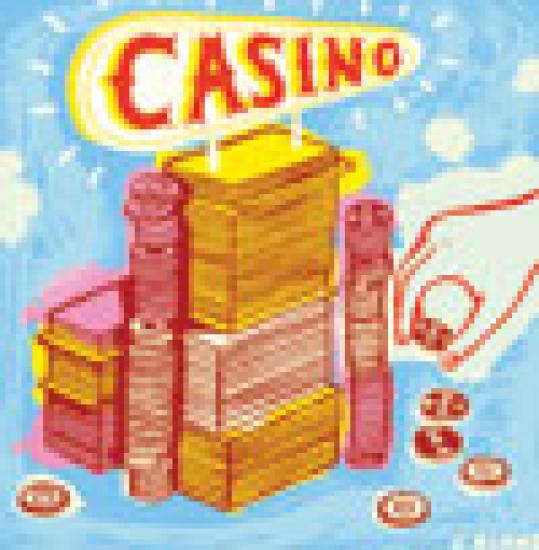Debt swaps are A Fast- growing business, as scores of companies struggling with massive obligations from the leveraged-buyout boom look to lighten their load. But the recent experience of Harrah’s Entertainment, the Las Vegas–based gaming company taken private in January 2008 in a $31.2 billion buyout by Apollo Management and TPG Group, suggests that such engineering is no panacea for financial trouble.
Harrah’s, grappling with $25.1 billion in long-term debt, went to creditors in November to seek easier terms. The company ended up accepting $2.1 billion of debt that investors offered to swap, thereby helping reduce the odds of a cash squeeze in 2010. The offer, which was completed in December after some negotiation and revision, proposed that Harrah’s buy back some of its longer-maturity bonds at prices ranging from 40 cents to 80 cents on the dollar. The deal essentially turned on whether creditors believed that a bankruptcy filing was imminent. In the end investors appeared skeptical that the company was that close to insolvency, and Harrah’s ended up reducing its debt by $885 million, according to Chris Snow, an analyst at research firm CreditSights in New York.
The Harrah’s case is evidence that in today’s credit environment, the ability to restructure debt can’t be taken for granted. Even when bondholders are willing to negotiate, a credit restructuring won’t necessarily remove a company’s financial pressures. GMAC Financial Services did a $21.2 billion debt exchange in December but still needed $5 billion in federal Troubled Asset Relief Program funds that same month to stay in business.
Harrah’s, the world’s largest gaming company, has weakened dramatically during the past two years. It has lost money every quarter since the buyout was completed in January 2008, racking up a total of $400 million in operating losses. The debt exchange may have relieved some short-term pressure, but it has also led to complications, including a class-action suit brought by investors S. Blake Murchison and Willis Shaw. They allege that the exchange was offered only to an elite group of individuals, to the detriment of other investors. They also say that the company is on the verge of insolvency. Harrah’s, Apollo Management, TPG and lawyers for Murchison and Shaw all declined to comment. The case is pending.
The worst may be yet to come for Harrah’s, which owns or manages some 51 casinos worldwide. Debt servicing is not an immediate issue, says Barbara Cappaert, an analyst at Montpelier, Vermont–based KDP Investment Advisors. Harrah’s had $1 billion in cash on its balance sheet and annual cash flows of $2.5 billion as of September 30, 2008. But the company faces the problem of heavy near-term debt maturities. After the exchange is taken into account, Harrah’s still has roughly $710 million of debt maturing in 2010 and $308 million coming due in 2011, which could cause liquidity issues, according to CreditSights’ Snow. Cappaert says she wouldn’t be surprised if Harrah’s attempted another debt exchange in 2009. After the December exchange, Cappaert lowered her ranking of Harrah’s to 6/6, the equivalent of a highly speculative Caa3/CCC credit rating. On February 12, bonds maturing in 2017 were trading at 10 cents on the dollar and those maturing in 2010 were trading at 33 cents or 34 cents on the dollar, according to CreditSights. The bond prices suggest that fears about the company’s solvency still exist, although they have been pushed into the future because of the swap.
Options for coping with the financial squeeze are limited. Harrah’s could seek a new equity infusion, but that is unlikely because financial markets are inhospitable to speculative-grade companies with lots of leverage and declining revenue. It also could attempt to sell assets, but that would be very difficult in the current market because most potential buyers would find it hard to finance a deal. It’s possible, Cappaert says, that Harrah’s will muddle along on weaker numbers for the rest of the year if funding for less-than-stellar credits starts to reemerge. In that case the company might be able to sell certain assets to buyers with sufficient liquidity. Snow of CreditSights says he views “some form of restructuring as inevitable, and it looks increasingly likely that it will be through bankruptcy.”





